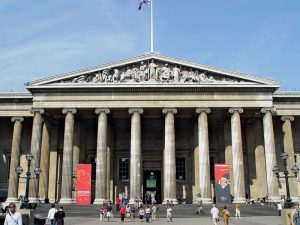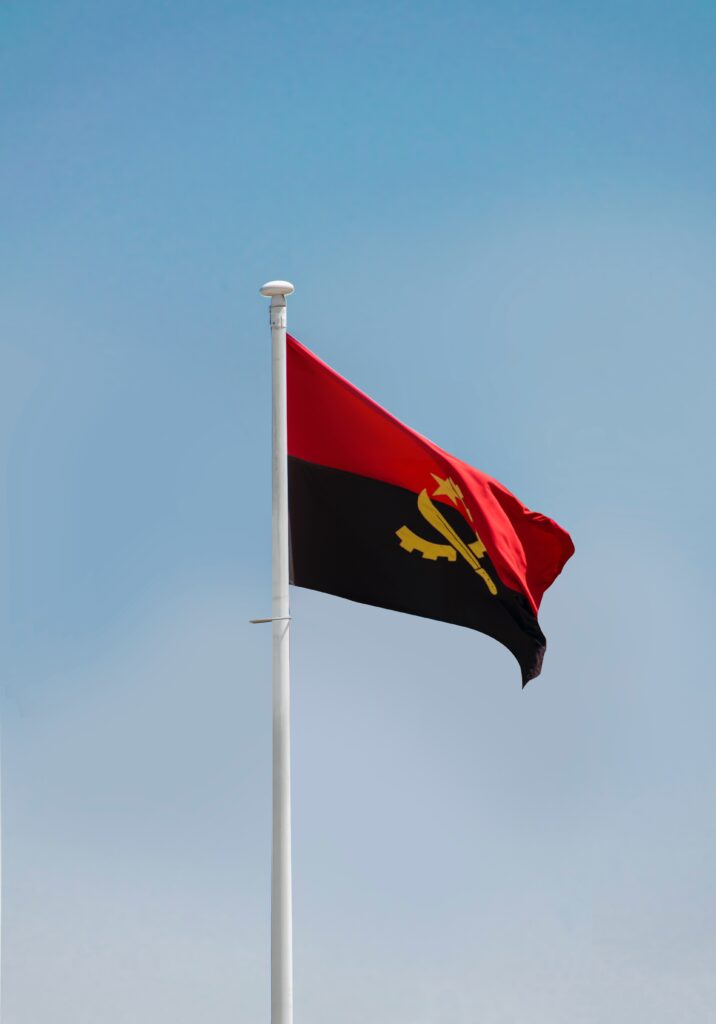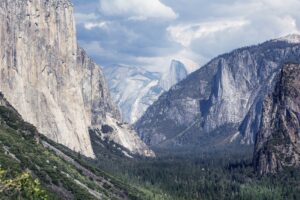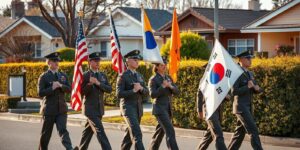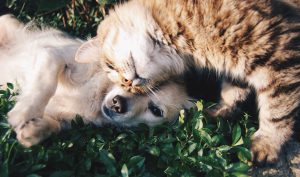4 January 1961 marked a major milestone in the national liberation struggle by the native people of Angola against the Portuguese colonial troops whose regime lasted for five hundred years (1482-1975).
It all started in October 1960 when the laborers refused to accept the cotton seeds and sow them in January. The foreman of the Cottonang Company realized that he would be facing a strike movement. A few years prior to this the Portuguese government came up with the General Minimum Tax and in order to pay it the laborers had to sell at least ten sacks of 50 kilograms of cotton or they would go into debt until the next harvest.
The uprising started in the Baixa do Cassanje and brought about a devastating magnitude of human and material loss. On the 3 January 1961, the agricultural laborers of the Cottonang Company (a Portuguese-Belgium cotton plantation company in Baixa do Cassanje, the Malange district) started a protest and demanded improvement in the standards of the labor, an exemption from tax payment and an end to forced labor. The protest which is now commonly known as the Baixa do Cassanje revolt was led by two formerly unknown Angolan citizens; António Mariano and Kulu-Xingu. The protesters burned their identity cards and attacked the Portuguese traders within the premises of the company.
The response of the colonial authorities was so brutal that thousands of natives lost their lives in the colonial war which followed. The Portuguese army conducted an air raid in 20 villages killing thousands of Angolan civilians.
Baixa do Cassanje comprises of the villages, Cambo Sunginge, Zungue, Kanzage, Wholo day Coxi, Santa Comba, Mulundo, Teak day Kinda, Xandel, Moma, Iongo Milando and Massango in the municipalities of Cahombo, Marimba, Cunda day Baze and Quela. . The villages mostly affected by the massacre were Pedro Macau, Gunza Guimarães, Pedro Mbumba, Wolo day Koxy, and Cadisso Canginga while in Tembo Aluma and Marimba there was aerial bombardment. Teak day Kinda still weeps their loss, the witnesses tell that hundreds of vehicles full of troops entered the town and when they found the roads blocked by the tree trunks they sent open artillery fire which killed hundreds of people who were later buried in mass graves. These graves of the massacred people can be found in Teak Day Kinda on the verge of the road.
According to a worker of the Cottonang who survived the attack, the revolt occurred because there was social and racial discrimination. The Bumba Vula Dala Amana King, Cabombo, blamed the Portuguese colonists for the illiteracy in Angola as they killed the Angolan people who could read and write, targeting those who had a high level of education.
This uprising is said to be the trigger in the struggle for independence and is also known as the Portuguese Colonial War. Every year the people of Angola commemorate this day with political, cultural and sporting events. They pay homage to the martyrs’ of the Colonial War and teach their children the importance of freedom and well-being so that they realize their duty and have a sense of patriotism.
